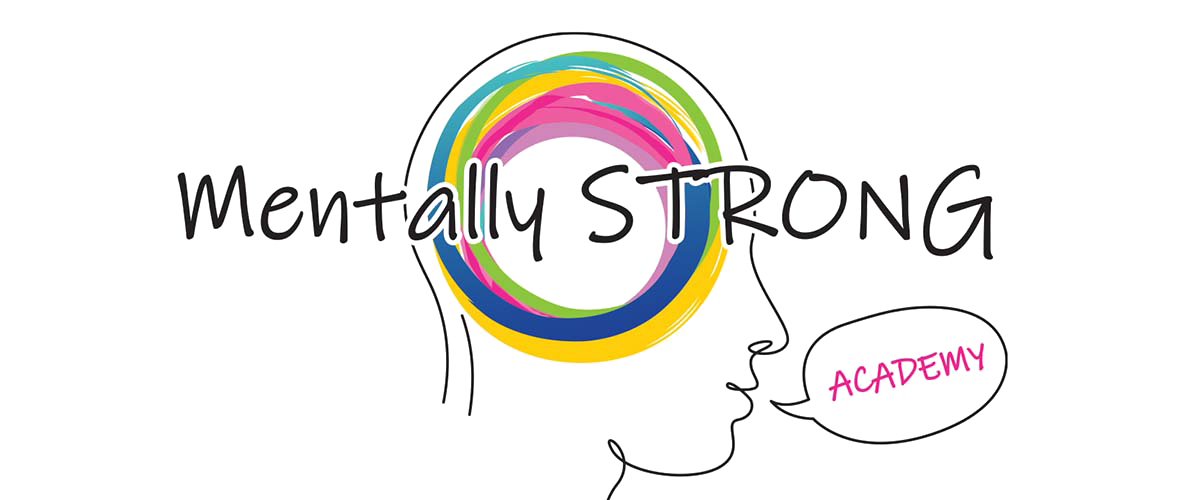Confronting Grief: A Journey of Pain and Purpose
The first time I truly encountered grief was as I stood on that riverbank, watching rescue workers search for my son underwater. I then lost both my son and daughter to a rare neurodegenerative condition within 6 years of each other, all three loses occurred over the course of 17 years. The flood of shock with each loss, the overwhelming wave of loss, was indescribable. These moments shattered the theoretical understanding of grief I had learned. All the academic theories felt utterly inadequate, unable to encapsulate the raw, consuming nature of such profound loss.

Navigating Grief in Silence
In the aftermath of my son’s passing, like many who experience such profound loss, I pushed forward. I immersed myself in work, cared for my other six children, and tried to maintain a semblance of normalcy. Yet, in doing so, I realized we were all navigating our grief in silence, not truly allowing ourselves the space to mourn. This realization hit me with full force ten years later when another son succumbed to a long-fought battle with a neurodegenerative condition. It became painfully clear that, despite my profession as a psychiatric nurse practitioner, I was unprepared to face my own grief.
A Mission Born from Pain
It was in the wake of this second profound loss that I recognized the necessity of changing how we approach and deal with grief. The rituals of the immediate aftermath, where support is plentiful, soon give way to solitude, leaving many to face their pain alone. This realization spurred a mission within me, a need to address and transform our collective understanding and handling of grief.
Controlled Grief: A Path to Healing
In my journey, I’ve explored various methods to process grief, eventually developing the concept of “controlled grief.” This approach involves deliberately setting aside time to remember and mourn, to allow oneself to fully experience the pain in a managed way. It’s a practice that acknowledges grief as a form of pain that needs to be expressed and released, rather than suppressed. Through controlled grief, I’ve learned the importance of confronting loss head-on, to prevent it from subtly undermining our lives and choices.
The Power of Movement and Storytelling
Another crucial discovery in my journey has been the healing power of movement. Physical activity, from somatic stretching to yoga, serves as a vehicle to release grief from the body. Equally transformative has been the act of storytelling, of sharing my experiences publicly. It’s through these narratives that we can connect with others, offering solace and understanding to those navigating their own paths through grief.
Embracing Life and Purpose
To anyone walking the difficult path of grief, my message is one of hope and resilience. Confront your grief, allow yourself to feel its full weight, and seek ways to process and release it. Remember, your grief, no matter how it compares to the experiences of others, is valid and deserving of attention. It’s in facing our grief that we find the strength to continue, to never give up on our life’s purpose, despite the pain.
In sharing my story, I hope to offer a beacon of hope to those engulfed in the darkness of loss. Grief, with all its layers and complexities, can be navigated. It’s a journey not just of pain, but of discovery, one that teaches us about the depth of our strength and the enduring capacity for love.


